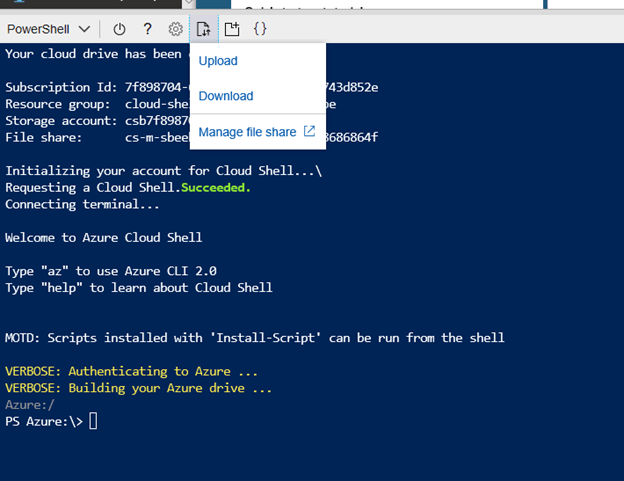

Read, create, update, and import protection keys Read, register, and remove management apps Read, add, and remove policy URL patterns Remove-PowerAppConnectorRoleAssignment (previously Remove-ConnectorRoleAssignment) Get-PowerAppConnectorRoleAssignment (previously Set-ConnectorRoleAssignment) Get-AdminPowerAppConnectorRoleAssignment (previously Get-ConnectorRoleAssignment) Remove-AdminPowerAppConnector (previously Remove-Connector)Īdd, read, update, and delete custom connector permissions Get-AdminPowerAppConnector (previously Get-Connector) Remove-AdminPowerAppConnectionRoleAssignment (previously Remove-ConnectionRoleAssignment) Set-AdminPowerAppConnectionRoleAssignment (previously Set-ConnectionRoleAssignment) Get-AdminPowerAppConnectionRoleAssignment (previously Get-ConnectionRoleAssignment) Read, update, and delete connection permissions Remove-AdminPowerAppConnection (previously Remove-Connection) Get-AdminPowerAppConnection (previously Get-Connection) Read, update, and delete flow permissions Remove-AdminPowerAppRoleAssignment (previously Remove-AppRoleAssignment)

Get-AdminPowerAppRoleAssignment (previously Get-AppRoleAssignment)

Read, update, and delete canvas app permissions Publish-AdminPowerApp (previously Publish-App) Remove-AdminPowerApp (previously Remove-App)

Restore-PowerAppEnvironment (previously Restore-AppVersion) Get-AdminPowerAppEnvironment (previously Get-PowerAppsEnvironment) PurposeĪdd a canvas app to a Microsoft Dataverse solution See the table below for an overview of what has changed. We have updated some of the cmdlets function names in the latest release in order to add appropriate prefixes to prevent collisions.
#Wordservice app powershell license
Users with a valid Power Apps license can perform the operations in these cmdlets, but they will only have access to the resources (for example, apps, flows, etc.) that have been created or shared with them. Power Apps cmdlets for app creators Prerequisite # Here is how you can pass in credentials (avoiding opening a prompt) $pass = ConvertTo-SecureString "password " -AsPlainText -ForceĪdd-PowerAppsAccount -Username user. If a user wants to run a PowerShell script targeting a GCC environment, the -Endpoint parameter needs to be changed to "usgov" for GCC Moderate, or "usgovhigh" for GCC High, or "dod" for GCC DOD. Regarding Dynamics 365 Government Community Cloud (GCC) level 2 support: Cmdlets that start with the word 'Admin' are designed to be used by an administrative user account.Ĭmdlets are available on the PowerShell gallery as two separate modules:įor information on the Power Apps admin module, see Get started using the Power Apps admin module and. Note that you can still use the cmdlets if you're not an admin on the tenant, but you will be limited to the resources you own. You can combine these cmdlets with other PowerShell functions to write complex scripts that can optimize your workflow. Running these Power Apps cmdlets will allow you to interact with your Business Application Platform without having to go through the admin portal in a web browser.
#Wordservice app powershell windows
CmdletsĬmdlets are functions written in PowerShell script language that execute commands in the Windows PowerShell environment. With PowerShell cmdlets for app creators and administrators, you can automate many of the monitoring and management tasks that are only possible manually today in Power Apps.


 0 kommentar(er)
0 kommentar(er)
